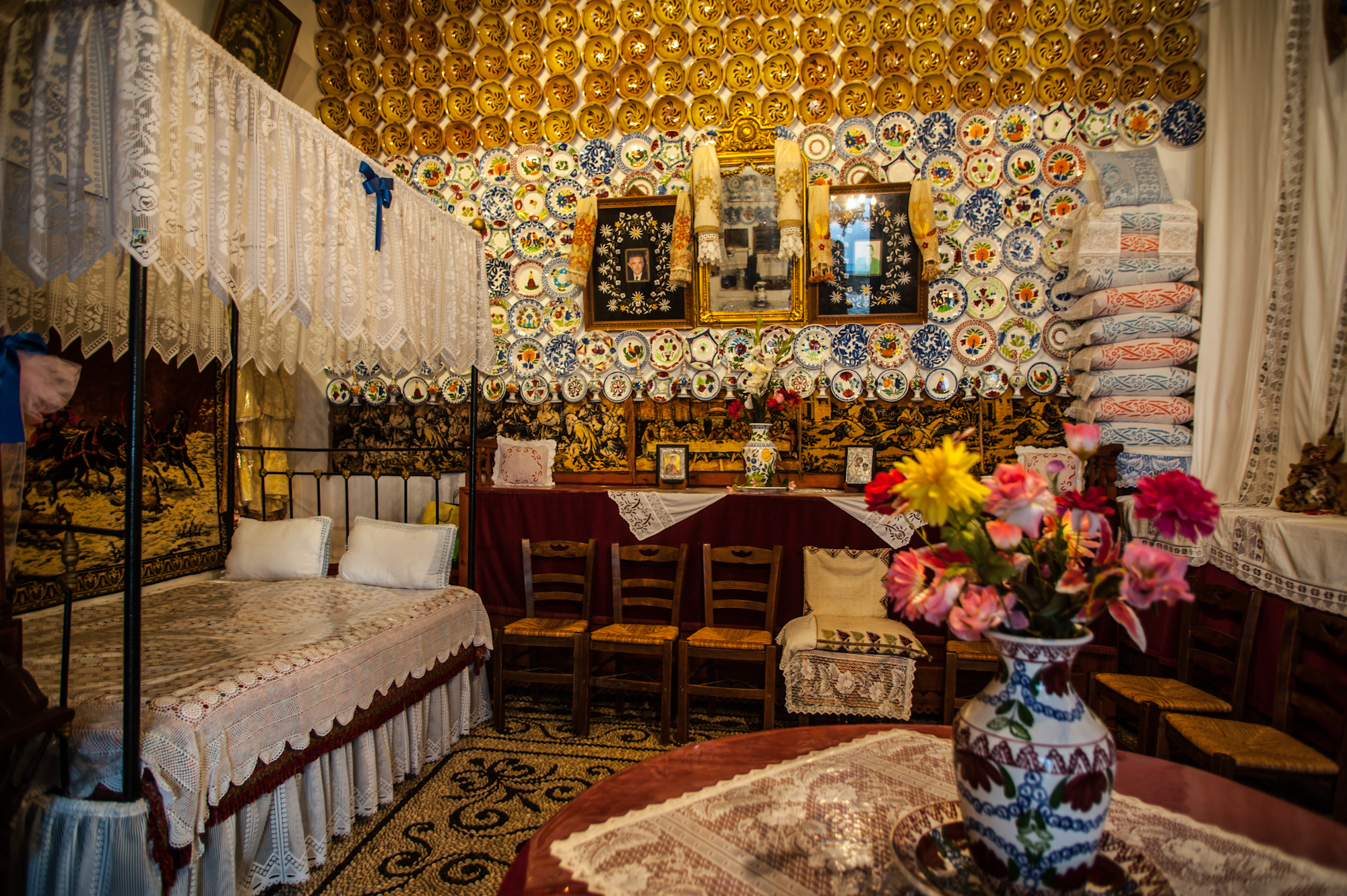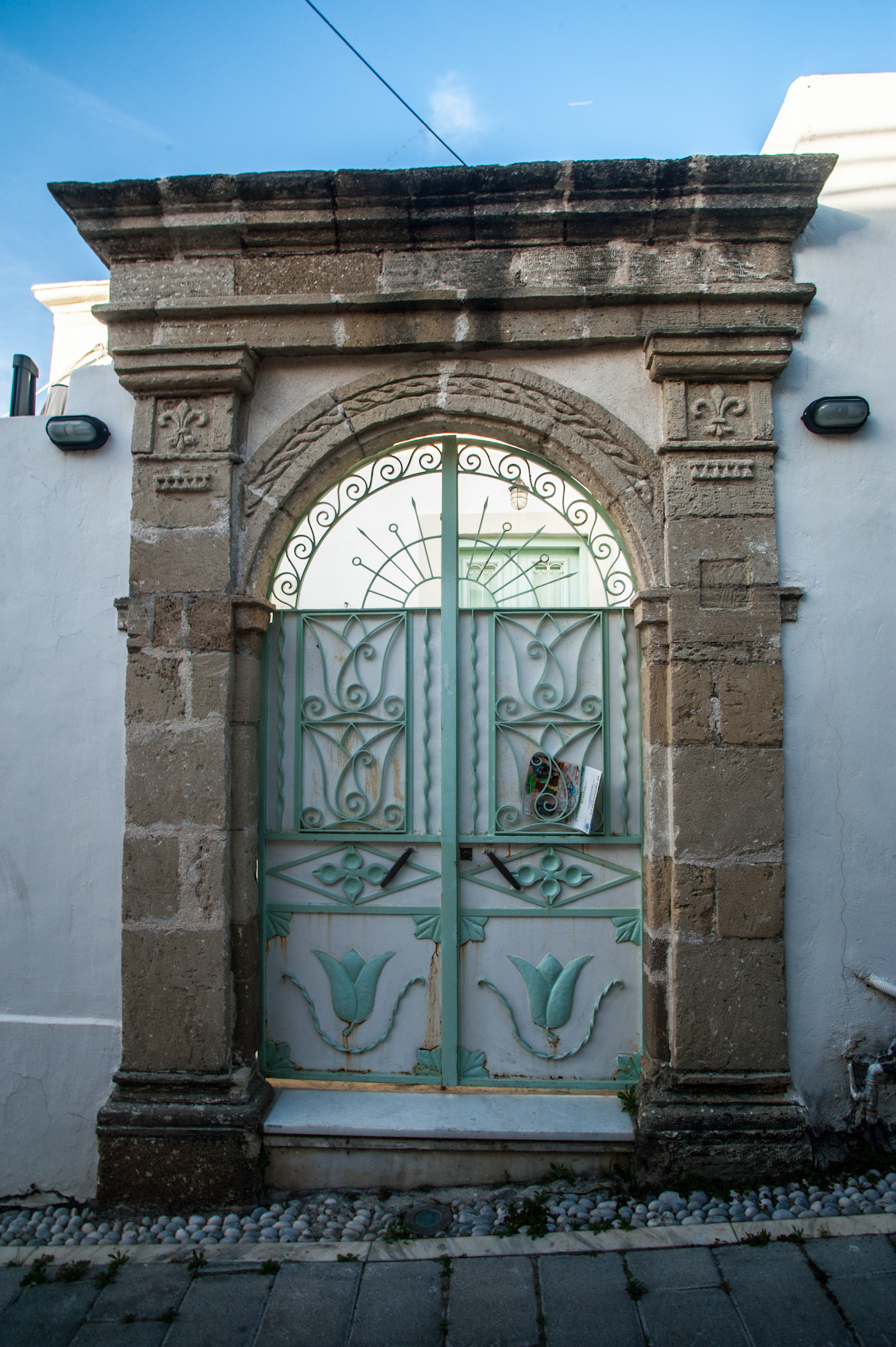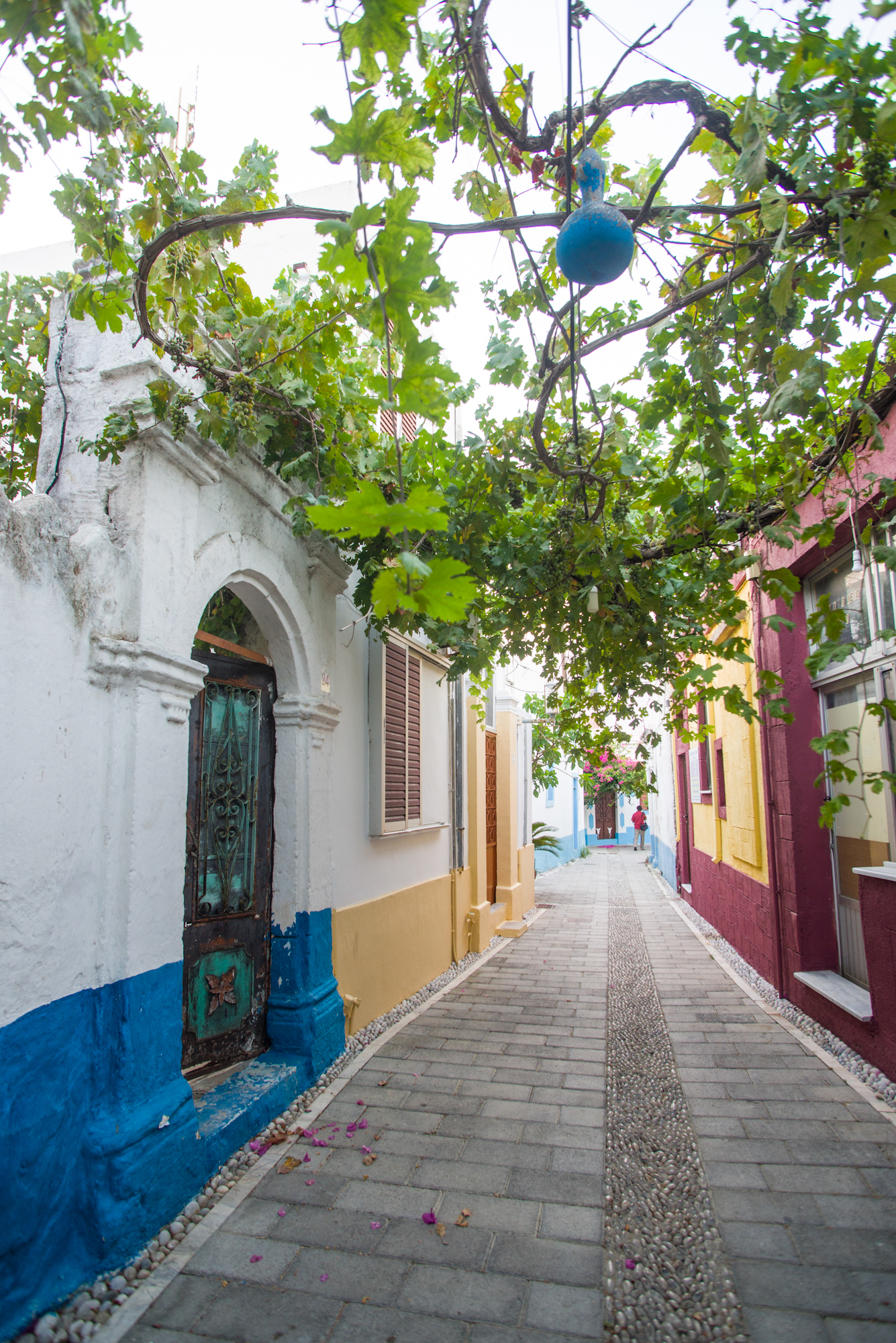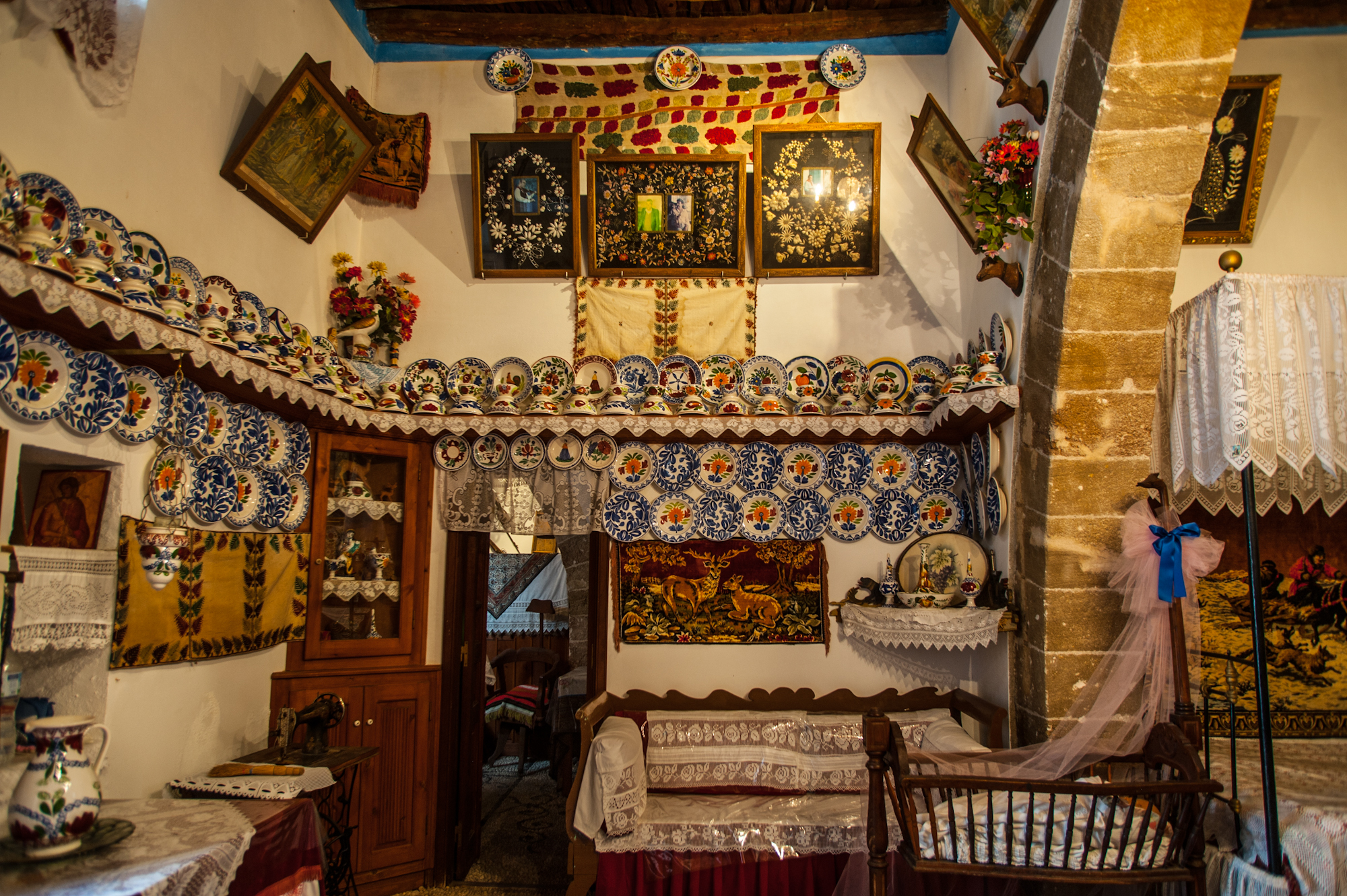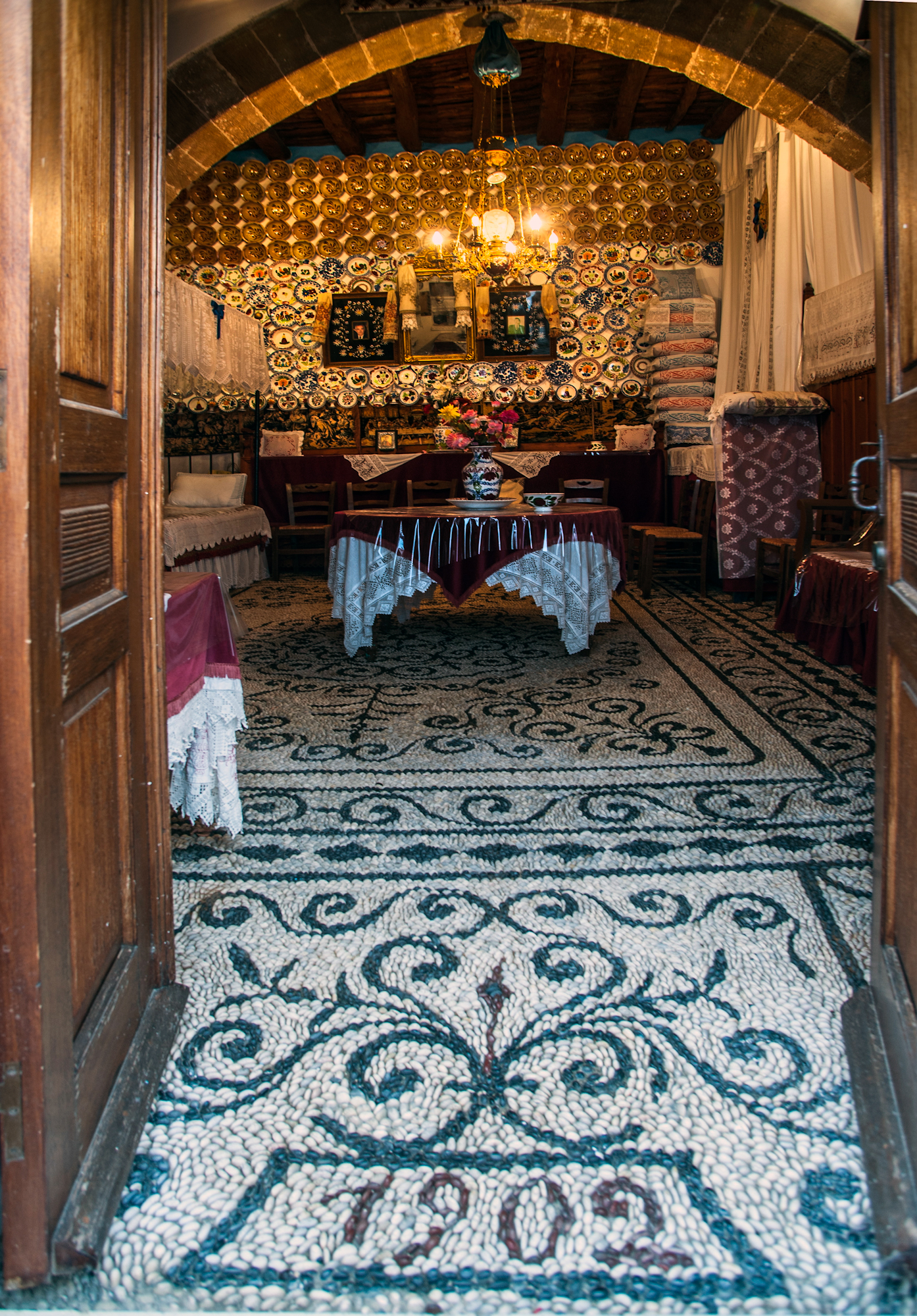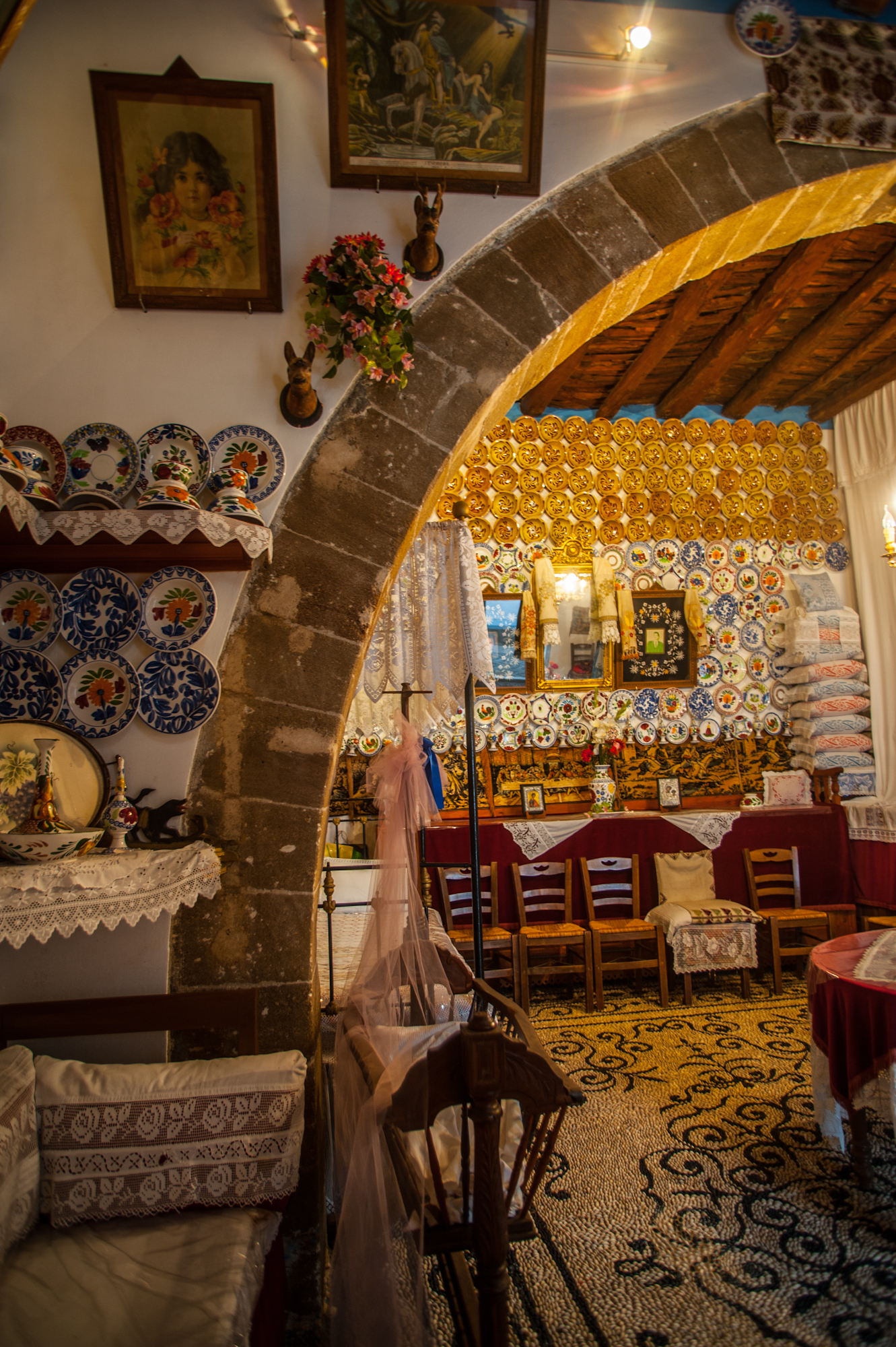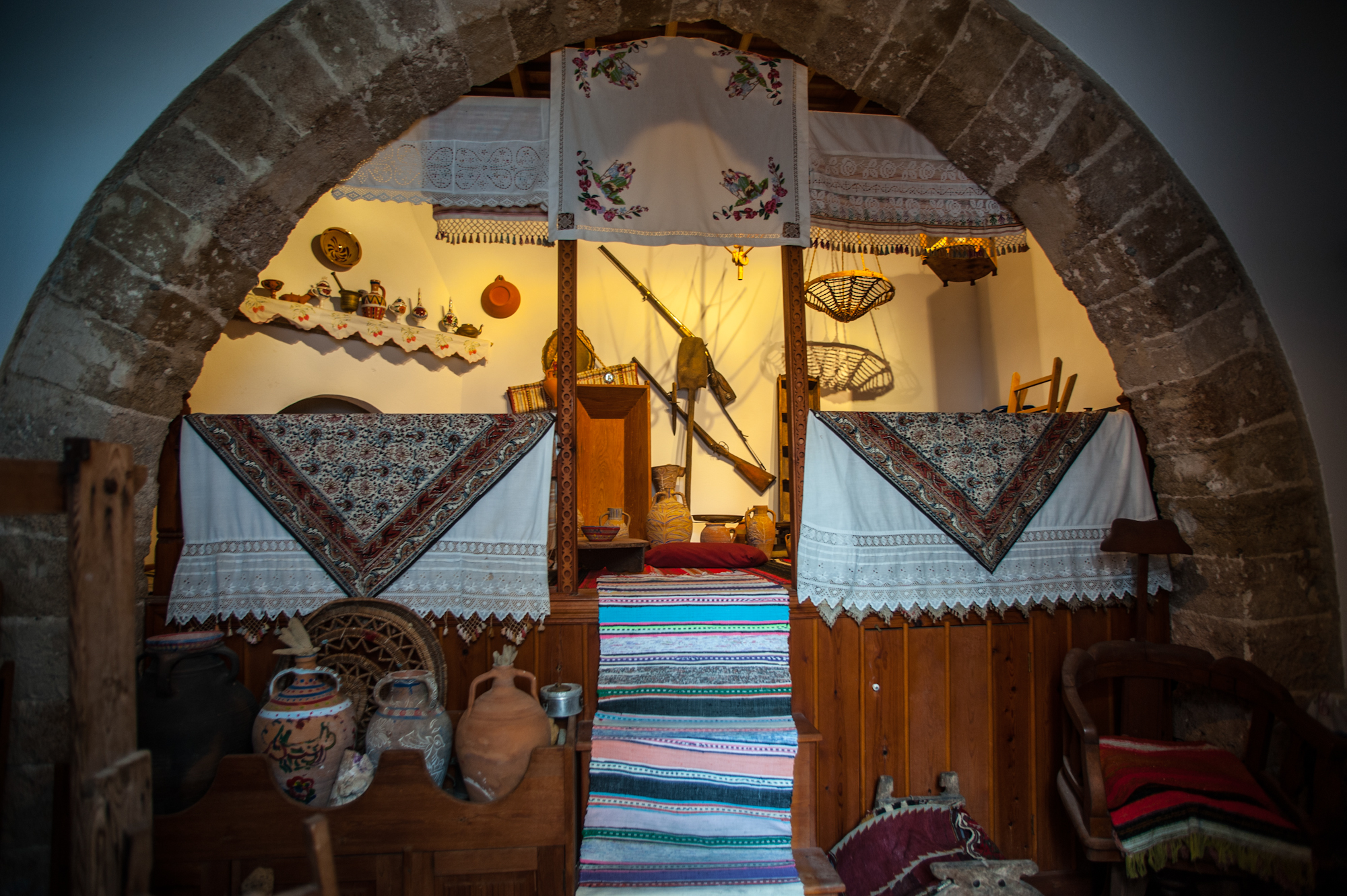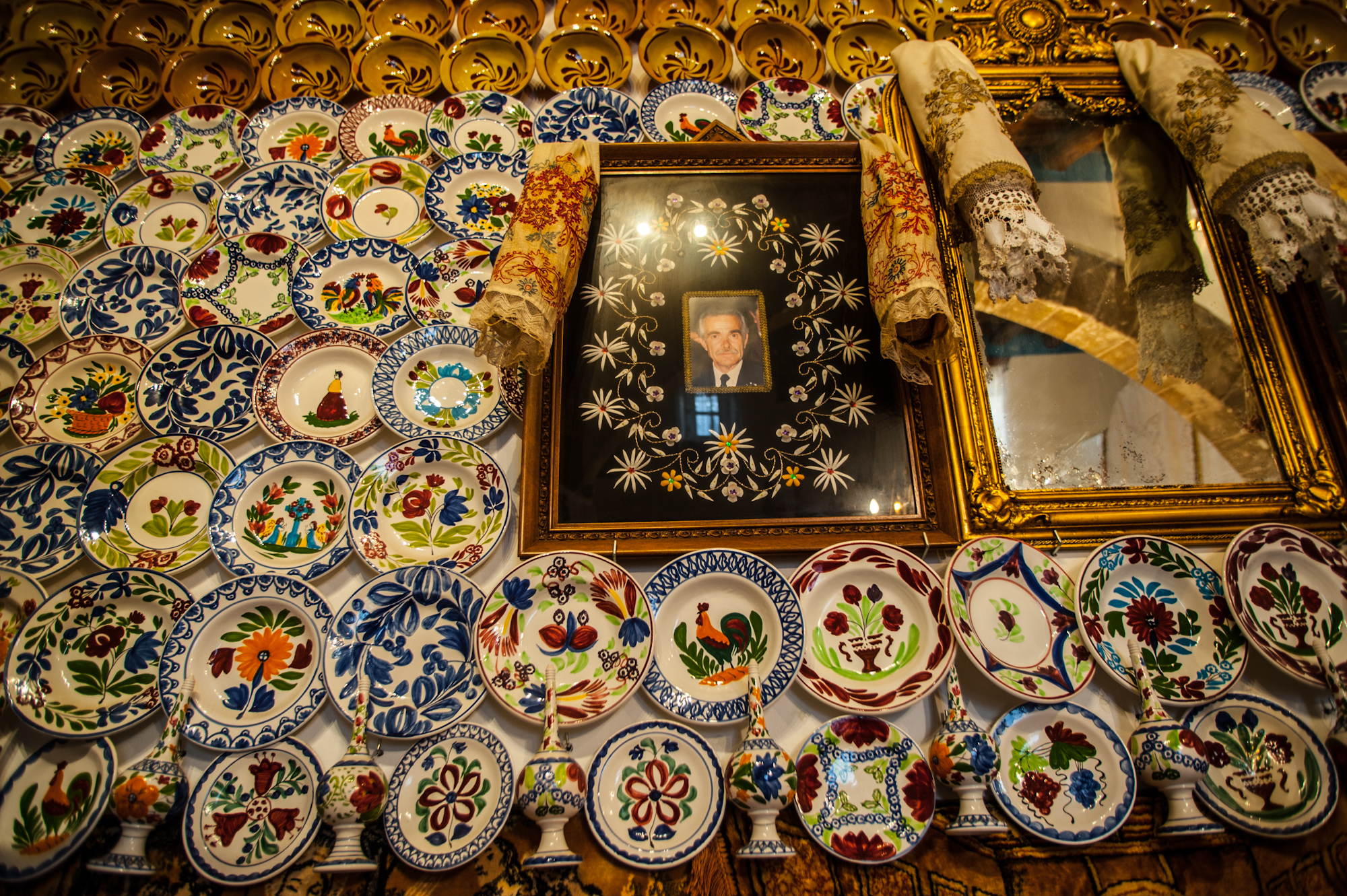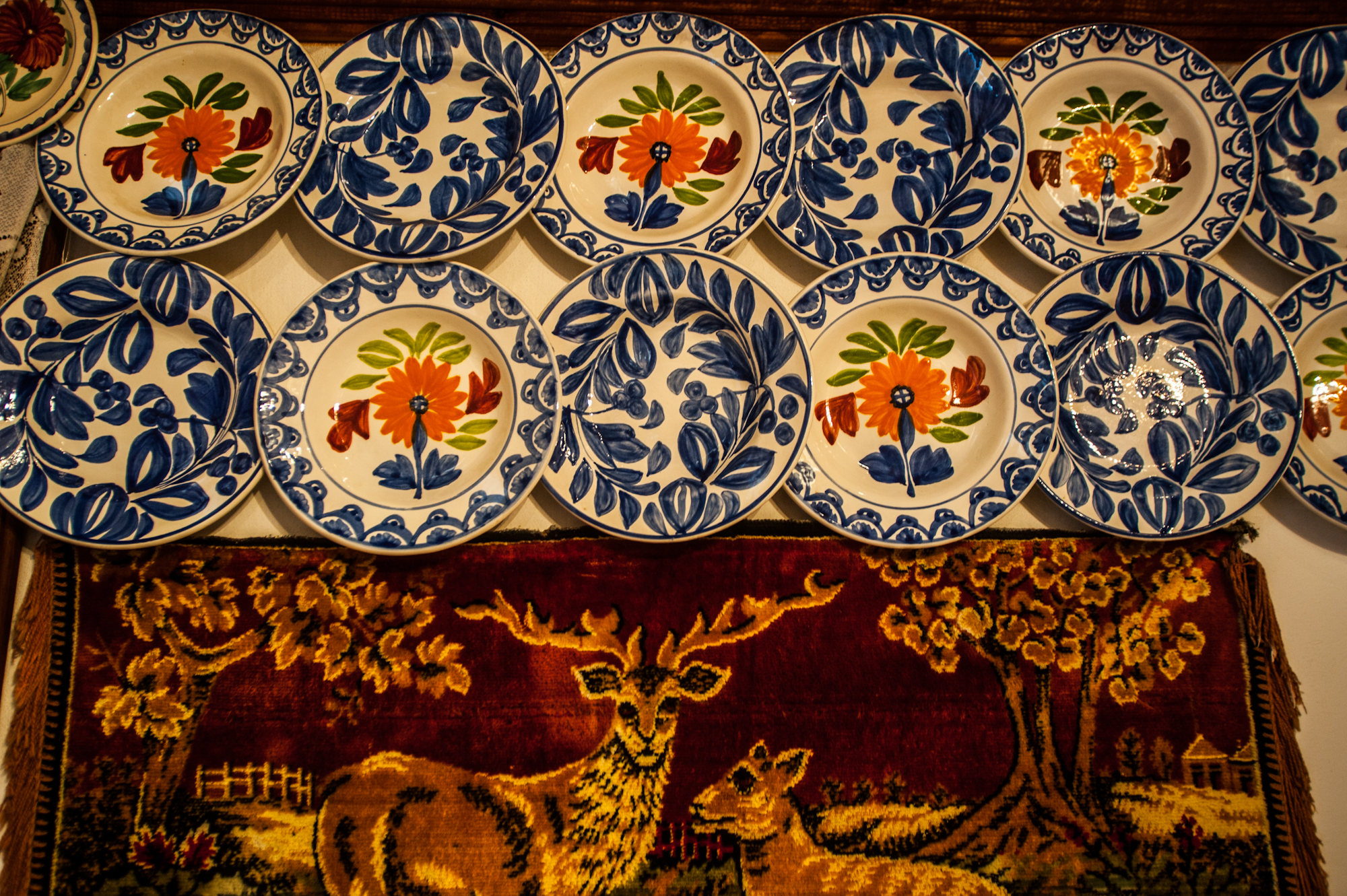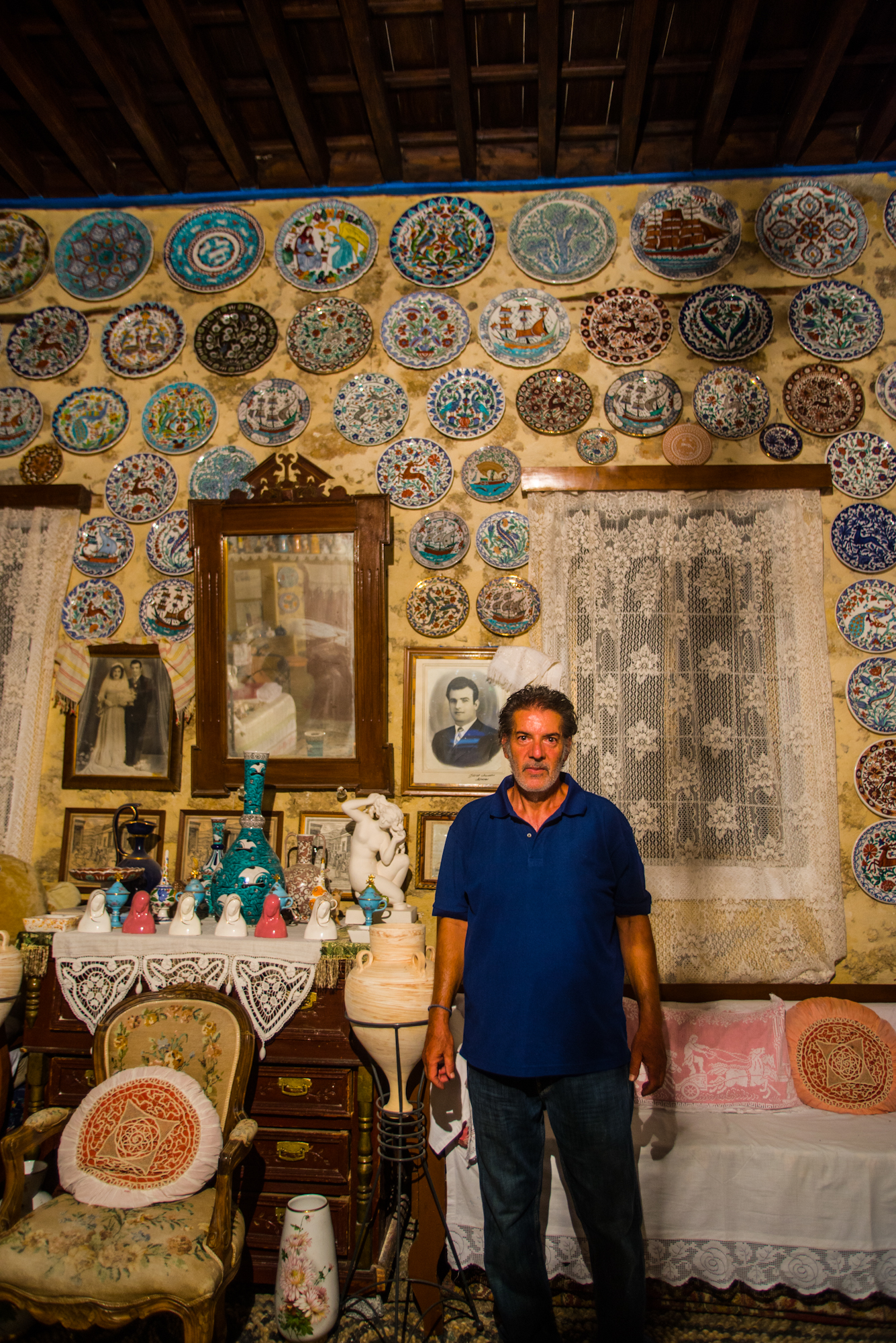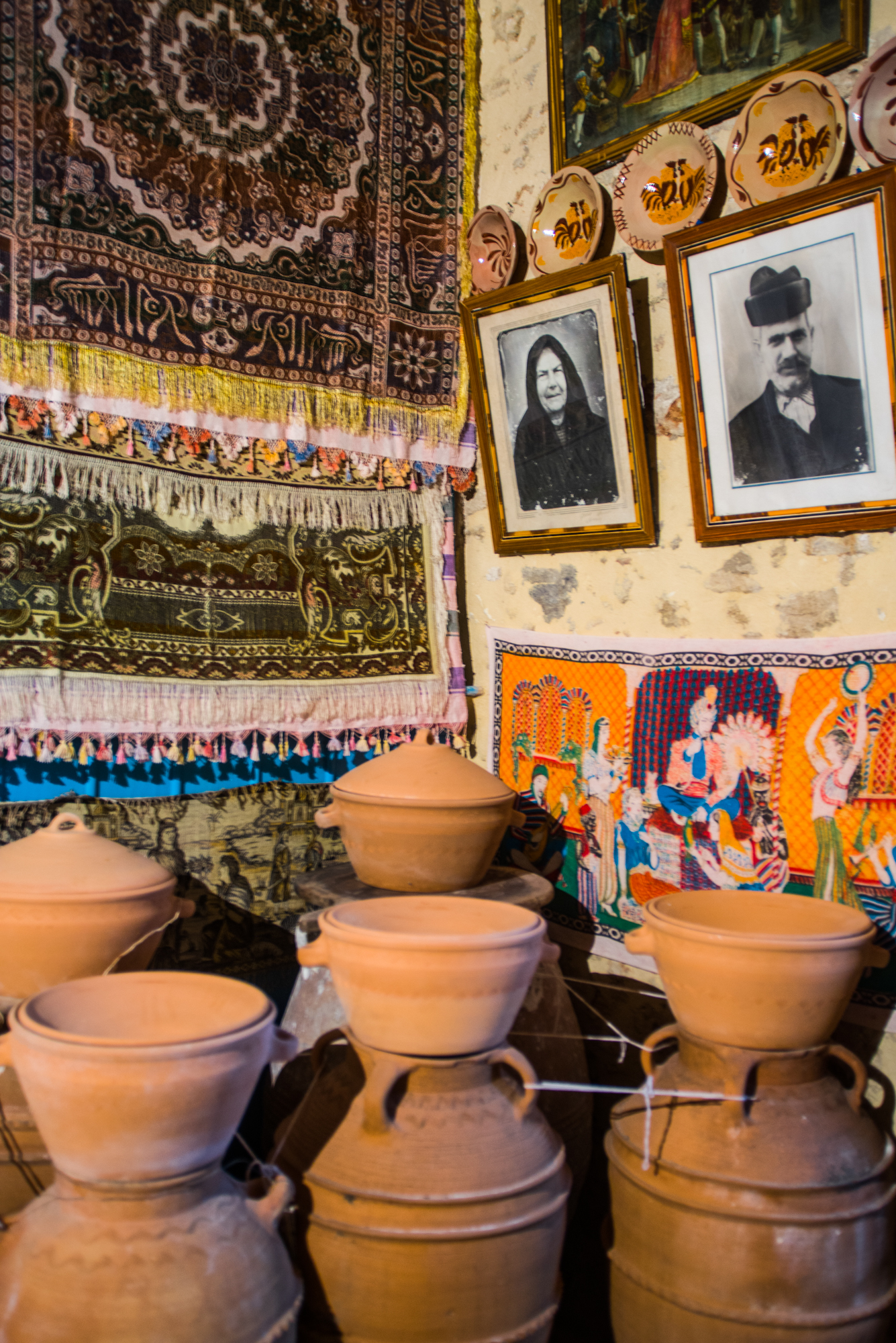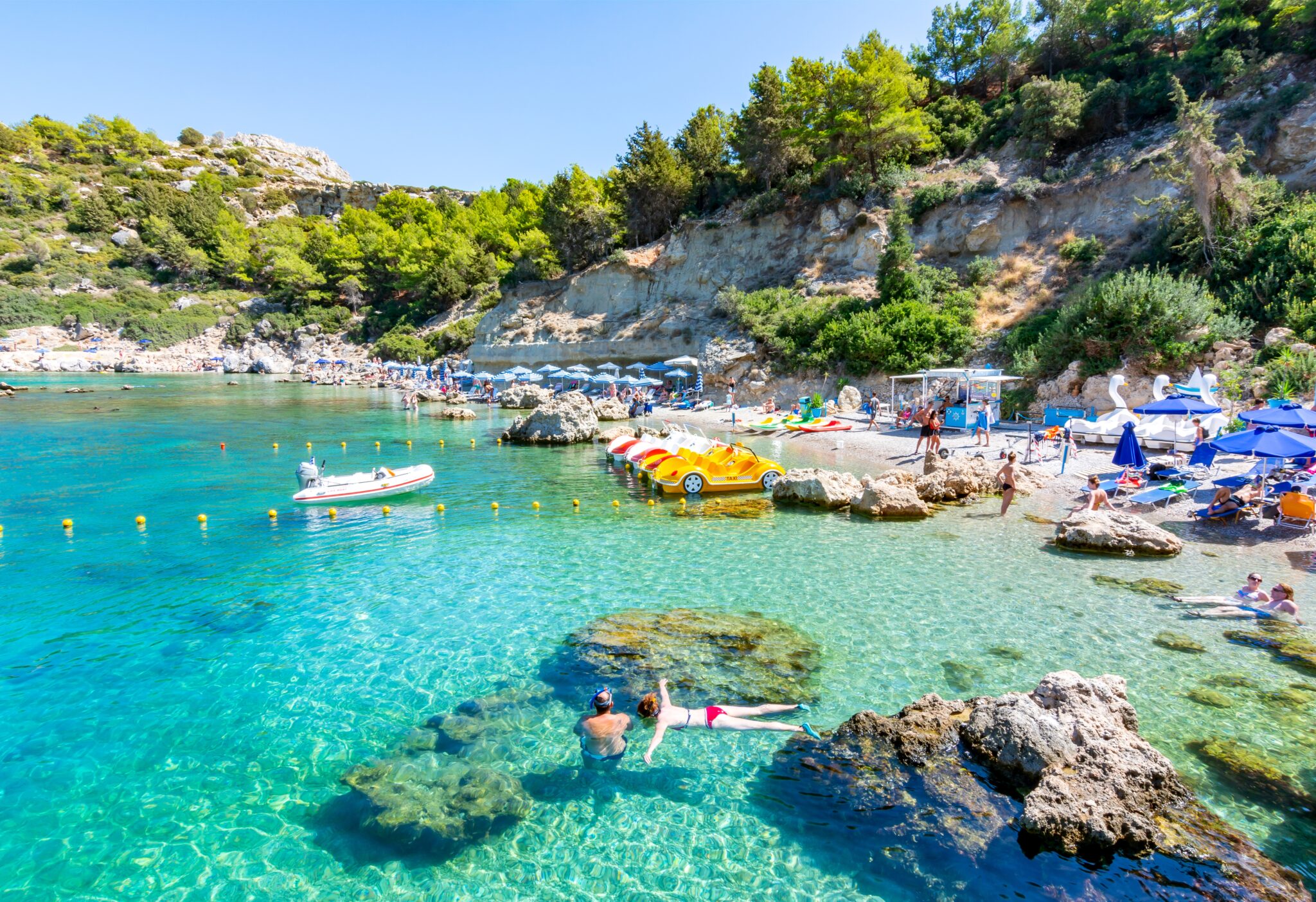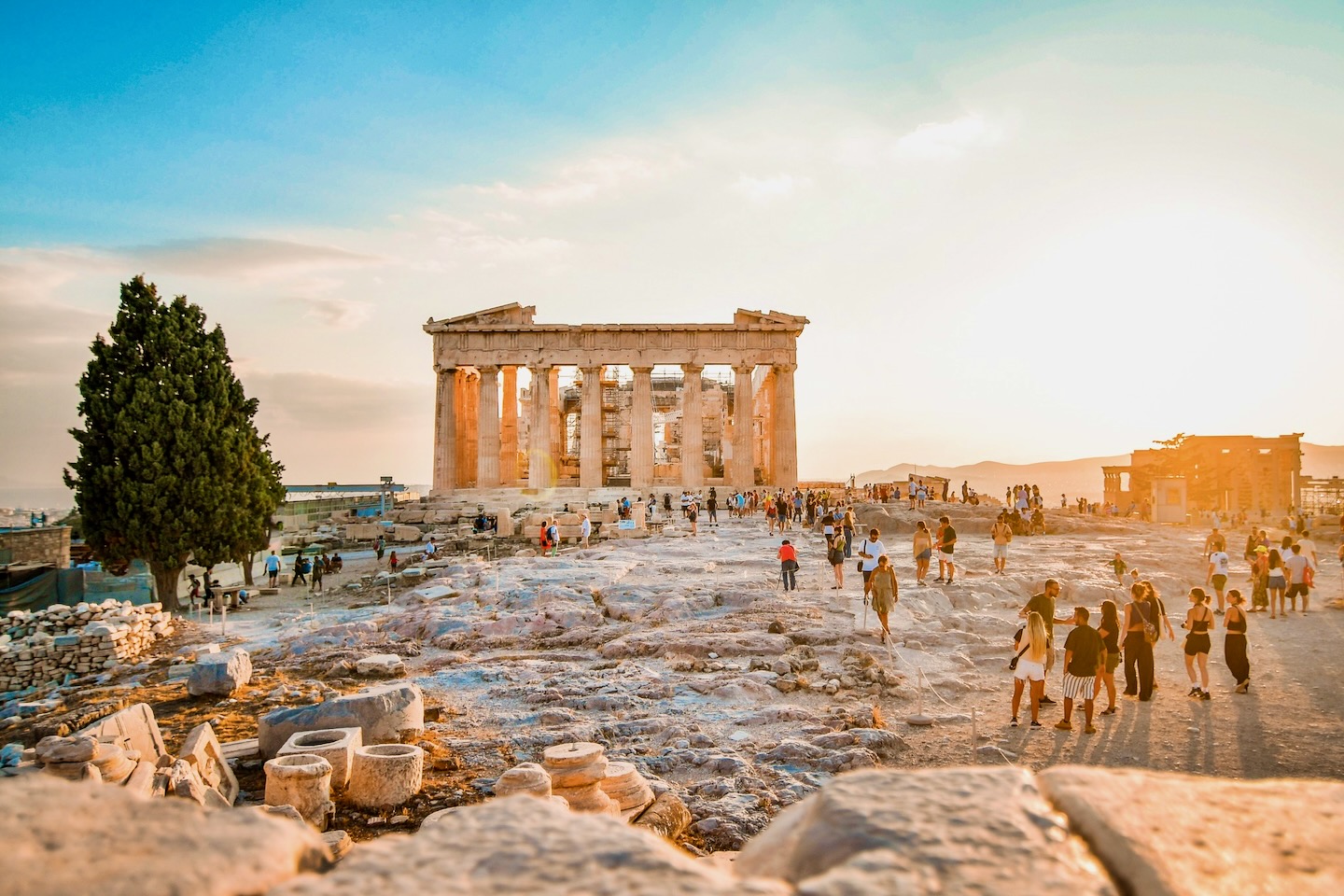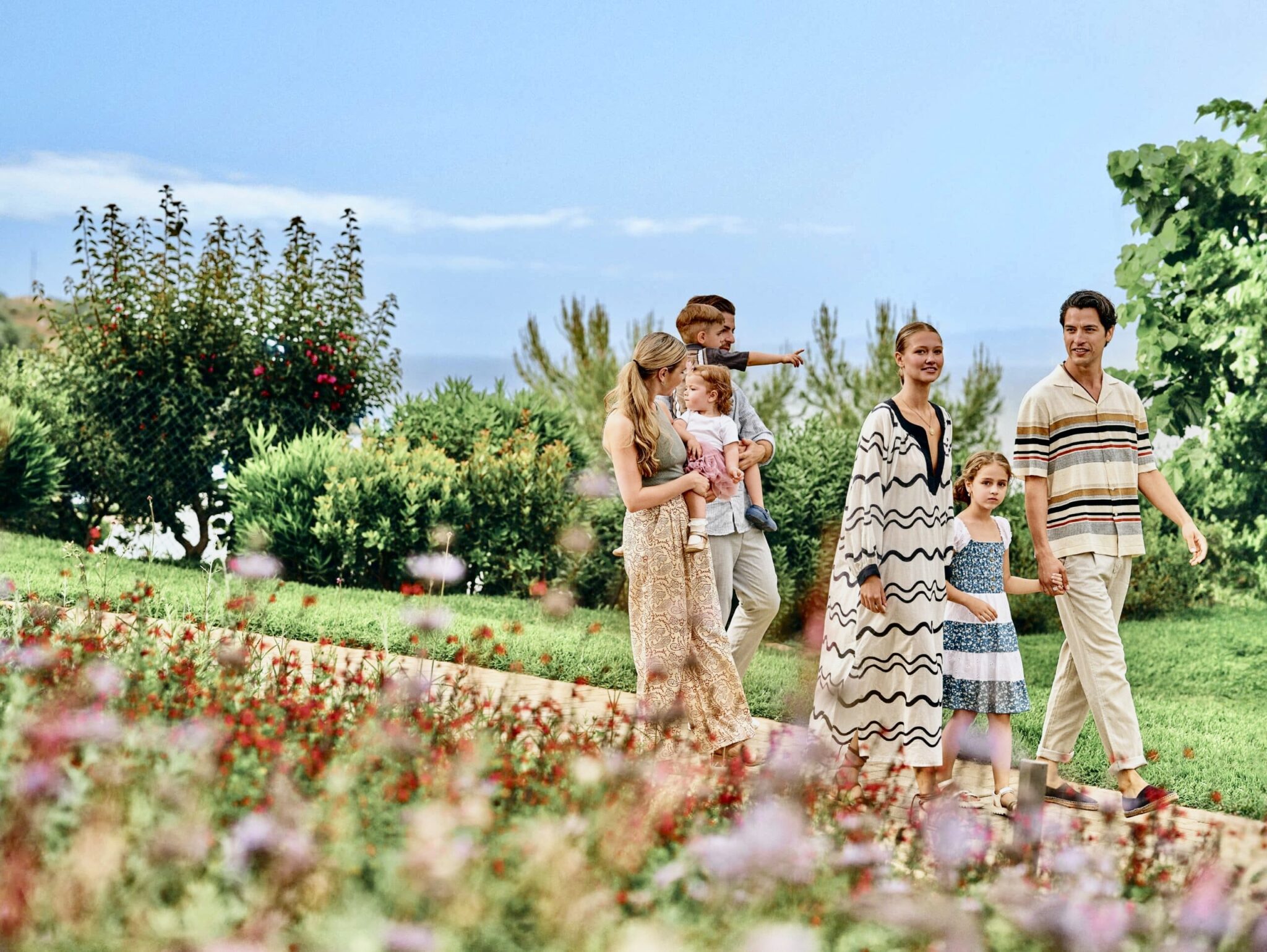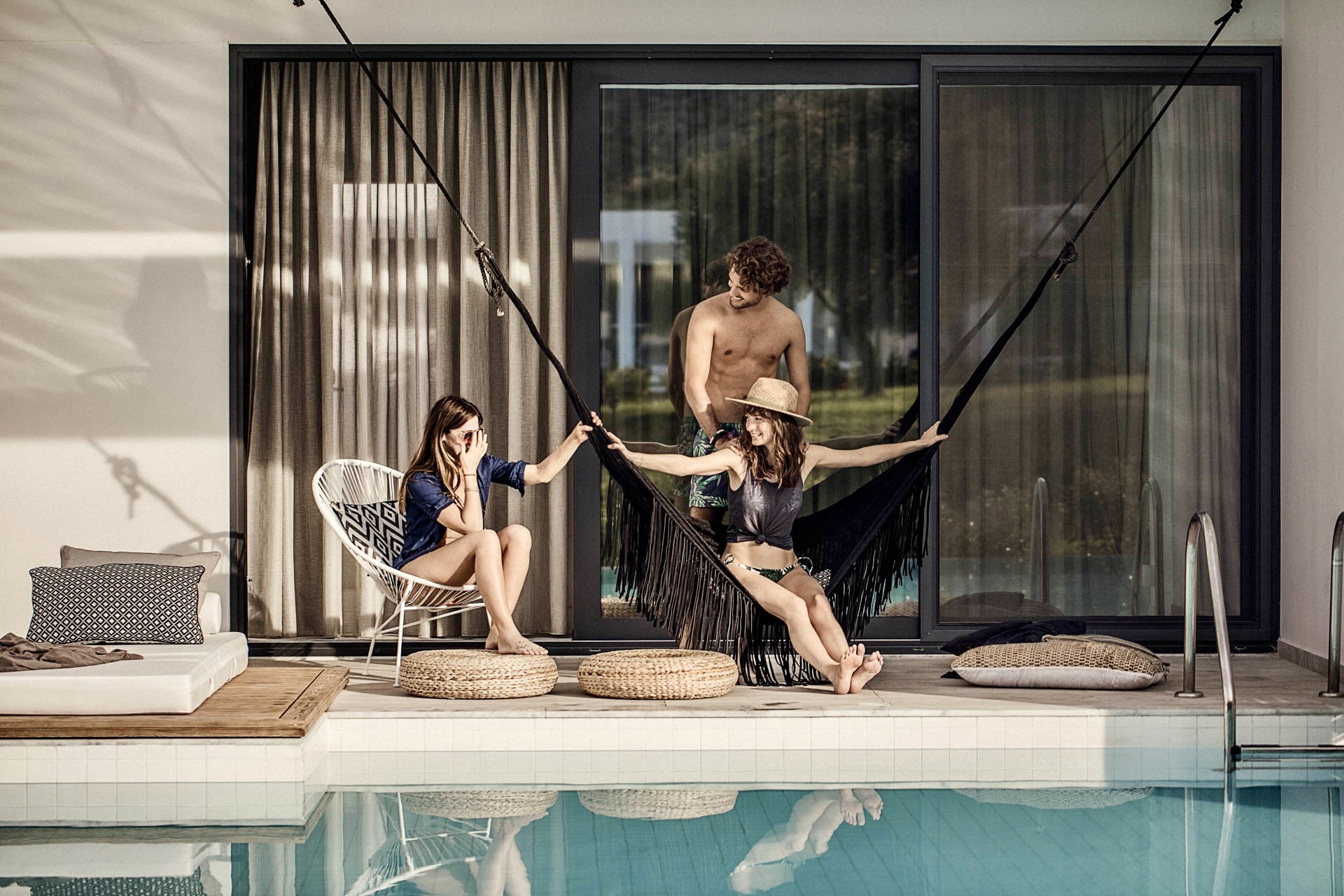Even though at first sight it doesn’t make a good impression to visitors, since, in the name of tourist development, some unattractive homes have been built, if you get inside one of Rhodes’ Koskinou’s narrow streets, you’ll be filled with awe and wonder.
You’ll wonder why something so lovely is hidden and not displayed. And you’ll be awestruck because it’s unavoidable. The colourful adjoined houses resemble a kind of folk neoclassicism. Large clay pots at the front door with various flowers and plants compose a scene out of an old-time neighbourhood and make the soul smile. You want to get lost in the intricate cobbled alleys and be surprised by the painting you’ll come across in the next corner.
Koskinou got its name from the landowner Koskinas who used to be the master of the area, and not because the locals made sieves (koskina in Greek), as is the popular belief. According to sources, a decree of the Knights in 1474, under the Grand Master Orsini, mentions: “In case of an enemy raid, the residents of the village Koskinou, must go to their village’s fortress” something that attests to the fact that the village dates back to at least the Middle Ages. Today there is no fortress, just some external walls in some parts of the village. After all, the fortress-like structure of the adjoined houses with the large internal stone-built arc, saved Koskinou from the destructive earthquakes of 1856 (7,7 on the Richter scale), 1863 (7,5 on the Richter scale) and 1926 (8 on the Richter scale), in contrast with many other villages and settlements in Rhodes that were completely destroyed.
The folklore house-museum that is located in the village and is open to visitors (09:00- 13:00 Monday – Friday or by arrangement at 22410 – 62205) has maintained its architectural elements and is an oasis of the local folklore tradition.
You can read the date it was built, 1902, on the entrance’s floor in the typical mosaic of white and black pebbles. This mosaic style, that is called ‘chochlakia’, from the round pebbles it consists of, decorates houses, yards and squares all over Rhodes and the artisans from Apollona village were the most sought after. The typical vaulted arch, in the middle of the heigh ceiling, dominates the large room and apart from adding to the beauty of the room it also adds to the safety of the structure. But, what really captures the eyes in what’s called ‘Mesa Hora’ (Inner Country), the part of the room towards the interior of the house, is the wall right across the entrance; the famous ‘Stolisia’ (decoration). The numerous ceramic plates on the wall, mostly with nature scenes on them but also with stills of the island’s history, that showed one’s position in the local community. The family photos that were placed in large frames with silk embroidery are also a typical decoration of the home.
On ‘Stolisia’s’ right, as we enter the room, is ‘Namousia’ that in Turkish means shame and is placed over the high large bed in which the couple slept. Its front is always covered by a sheet. Right outside it we see nine pillows that symbolise the nine months of pregnancy. The set is completed by tapestries, embroideries, fancy costumes, engraved furniture and other objects.
As we got out, after a long time, to the alleys, we looked at the village from a new perspective. We expressed our admiration for the village’s folklore to a passer-by, and he felt as its representative who had to show us even more. Mr Vasilis Kakios, ceramist, born and raised in Koskinou, invited us into his home that looked like a folklore museum. The ‘chochlakia’, the vaulted arc, the ‘Stolisia’, the ‘Namousia’, everything was there with the addition of many ceramic pots.
“My father worked at the ‘Ikaros’ factory from 1949 until the mid ‘80s, at first he fired the clay, and then was one of the artisan who measured the colours,” he tells us and goes on: “the ceramic plates you see were made in the area. A lot of work and passion is required for their creation. Just consider that to make this blue colour they used 19 shades.” Looking at the particular plate he was talking about we ponder on the value they put in finding beauty. In the detail that made all the difference. After all, each place’s folklore grows its aesthetic, and today in Koskinou we caressed our vision and hearing.



